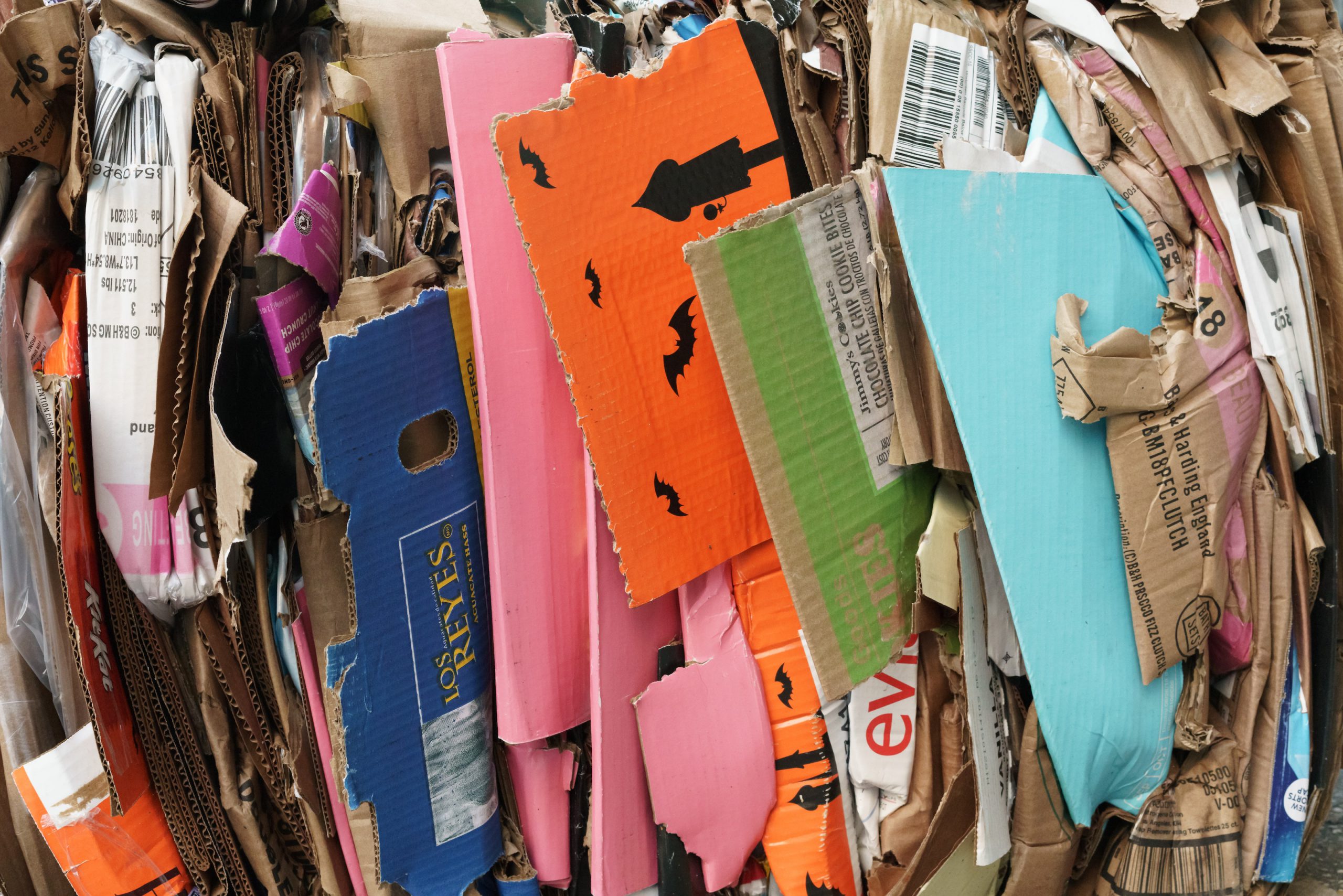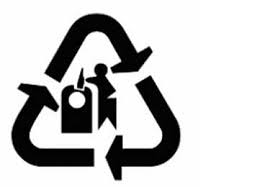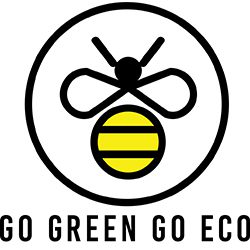
Hello and Happy Monday! What about starting your day by learning a few useful recycling tips? Have you ever heard of ‘wish cycling’? It is “the practice of tossing questionable items in the recycling bin, hoping they can somehow be recycled.” Majority of us have good intentions but due to old habits or lack of knowledge we make the matters worse fuelling the recycling crises.
10 recycling tips to increase effectiveness
There is nothing magical about recycling. We can’t change the waste management implemented locally. But we can make efforts to recycle more efficiently. Here are my top 10 recycling tips.
1.Three ‘Rs’ – reduce, reuse and recycle
Reduce
If there is less waste, then there is less to recycle or reuse.
- Change settings to two sided printing
- Sign up to paper-less bills
- Swap to cloths napkins (read my previous post with more suggestions)
- Buy multi use plates, cutlery and cups
- Stop buying items packed in excessive foil, paper and plastic (who needs individual cucumbers packed in foil?!)
- Pick durable goods that last for long
Reuse
It can be done by repurposing, reusing or donating.
- Store items in old jars and pots
- Make funky packaging using old newspapers
- Do arts and crafts with children reusing envelopes
- Donate old clothes, books or electric equipment (i.e. using a free cycle initiatives)
Recycle
Recycling involves transforming items again into a raw material that can be shaped into a new item.
2. Know local rules
Familiarise yourself with rules in your area. Each country and city has their own guidance. Search for local council information, locate the nearest waste centres and bottle or clothes containers.
3. Recognise symbols and read labels

The Mobius loop (aka “chasing arrows”) was designed in 1970 by Gary Anderson and consists of three arrows representing ‘reducing’, ‘reusing’, and ‘recycling’. The space inside is the symbol of a pine tree. It indicates that an object is capable of being recycled.

The Green Dot is a symbol used on packaging in some European countries and signifies that the producer has made a financial contribution towards the recovery and recycling of packaging in Europe.

Most glass containers are recyclable. This symbol is simply a reminder to recycle glass. Follow local instructions what types of glass can be mixed together and which one to take to local waste centres.

Plastic bottle symbols show the type of plastic used for the product as many items cannot be recycled or reused. The number is a resin identification code, used to help recycling plants sort materials. Recyclable plastics are labeled with numbers 1-7 to tell workers what kind of plastic it is, and how it should be processed. Understand the symbols to make better choices when buying products.
- PET – used for single serve bottles. It is globally recognised as a safe, recyclable packaging material. Switch to: reusable drink containers and reusable food packaging alternatives.
- HDPE – can be used for milk bottles, detergent and oil bottles, toys etc. It is the most commonly recycled plastic and is considered one of the safest forms of plastic. In the UK, in 2010, 76% of HDPE milk bottles are recycled. In the US it accounts to 30-35%. Switch to: reusable grocery shopping bags.
- PVC – it is soft and flexible plastic used for plastic food wrapping, cooking oil bottles, teething rings, children’s and pets’ toys etc. It cannot be recycled and only some of it can be reused. It is also considered poisonous. Switch to: beeswax wraps or wooden toys.
- LDPE – can be found in squeezable bottles and plastic grocery bags or bread packaging. Products made using LDPE plastic are reusable, but not always recyclable. Switch to: reusable grocery shopping bags.
- PP – used for disposable nappies, plastic bottle tops, margarine and yogurt containers, straws etc. It can be recyclable but in the US only 3% of PP products get recycled. Switch to: bread bags made out of cloths.
- PS – is used for food containers, egg cartons, plastic picnic cutlery, foam packaging and peanut foam chips. It is not widely recyclable. Switch to: reusable coffee cup, compostable or reusable picnic cutlery, and stainless steel takeaway containers.
- Other – #7 plastics are not for reuse and it is best to avoid #7 plastics, especially for children’s food.
4.Pack your recyclables loose
One of the important recycling tips is to stop putting your waste into plastic bags. Not only they dissolve into harmful micro plastic but also they get tangled in processing machines causing them to break.
5.Wash all containers
Many countries implement “single stream”,which means that household recycling (paper, cardboard, plastic, glass) goes into the same bin increasing overall recycling rate in the nation. But leaking food waste or cosmetics contaminate the entire lot sending it automatically to the bin. Don’t forget to rinse your bottles, separate nappies and remove any food leftovers.
6.Prepare bottles for recycling
Follow a few basic steps:
- Remove lids and tops from your glass bottles. Check with your local recycling programme or local council regarding lids on plastic bottles. In the past the advice was to remove them as they’re made from different type of plastic and might potentially ruin the entire plastic bottle load. Some new machines can however separate tops during the recycling process.
- Squash bottles to save space.
- Empty and rinse them to avoid contamination.
- Leave on labels as they will be removed in the process.
7.Be selective
If in doubt, don’t throw it into a recycling bin. Remember contaminated packaging (e.g. greasy pizza box) will waste your effort. Instead focus on the safe bets:
- Cardboard
- Paper (newspapers, envelopes, wrapping paper, birthday cards, phone book, toilet roll tubes and drinks carton etc.)
- Aluminum cans
- Plastic bottles
8.Not all the paper can be recycled
Forget about throwing paper towels, napkins, paper plates, and tissues to the recycling bins. Due to their contact with food waste they are not able to be “cleaned” during the recycling process. This might be disappointing but the best solution is using fewer paper products replacing them with alternatives.
9.Don’t forget about batteries
Sometimes they are collected by the household collect services but often have to be taken to collection points e.g. supermarkets, local shops etc. The good news is that majority of them can be recycled:
- All household batteries including ‘button’ batteries from watches
- Battery packs from laptops, mobile phones, power tools and remote control units
- Car batteries should be recycled at designated collection points
10.Be creative
And the last of my recycling tips to to check in your area for local initiatives designed to reuse waste for e.g. plastic caps. I am currently collecting every single lid (think milk bottle caps, kids squeeze fruit smoothies and mayonnaise covers) for a local organisation building wheelchairs from plastic. Why don’t you look for similar organisations near you?
Recycling stats
- Nearly 50% of the world’s recyclable waste for the past quarter century was sold to China (banned since January 2018)
- As a result, 111 million tons of plastics will have to find a new place to be processed or otherwise disposed of
- More than half a million more tons of plastics and other household garbage were burned last year in England
- 91% of plastic isn’t recycled and it takes over 400 years for it to degrade
- 25% of everything consumers place in recycling bins ultimately can’t be recycled as a result of “wish cycling”
- 30% of plastic waste is recycled in Europe
Now it is time to hold my hands up. I am guilty of ‘wish cycling’ and writing this blog taught me so much. From now on I will be recycling more responsibly!
Do you want to read about the right to repair movement? It might help with your recycling efforts too.

I never knew what all the recycling symbols meant so I’ve found your article really informative. I’ll definitely start by removing the lids off the milk bottles.
I never knew that only 30% of plastic waste is recycled in Europe.
On the Greek island of Karpathos last summer there was an initiative for collecting plastic bottle tops on the beach – but you could also take the ones from home and take to a collection point on most of the beaches. We need to do more of this across Europe.
Exactly, I am sure there are many great recycling actions all across the world. It’s important to get involved even in the smallest possible way.
Indeed ‘wish-cycling’ is real. Another thing to think about is the need of legislation against making any materials that are not recyclable. Secondly, give tax incentives to waste free operations – for instance, residential condominiums that participate in recycling schemes should get property city tax cuts.
Agreed, the best case scenario would be if all the packaging was fully recyclable or reusable. We’re not there yet, sadly!
Just when I had questions, you had answers. Thanks!